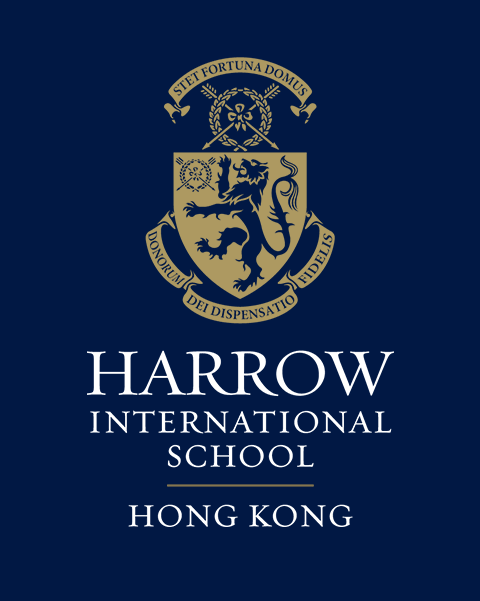
Pupils in the digital age are exposed to a wide range of material from many sources, which makes it harder and harder to separate fact from fiction. Disinformation, false information, and fake news have proliferated and seriously jeopardise the growth of critical thinking abilities and the capacity to make wise judgements. At Harrow International School Hong Kong, we understand the significance of giving our pupils the skills they need to successfully identify fake news and negotiate this complicated world. Teaching pupils how to critically assess material and promote media literacy equips them to become responsible global citizens and lifelong learners.
The Importance of Media Literacy
In the modern world of easily accessible but sometimes unreliable information, media literacy is an essential ability. Pupils have to learn how to distinguish fact from fiction, challenge the motivations behind the material, and critically evaluate the sources of information they come across. By fostering media literacy, we not only shield pupils from the perils of false information but also provide them the tools they need to make wise judgements and meaningfully participate in their environment.

How to Spot Fake News
Verify Sources and Check Credibility
Verifying the sources and confirming credibility is one of the most important procedures in spotting fake news. Urge pupils to check the reliability of the source by seeking out respectable organisations, well-known media sources, and knowledgeable experts in the subject. Show them how to carefully read websites’ “About” sections, verify author credentials, and search for public ownership details and editorial procedures.
Evaluate the Content and Language
The language applied in false news stories typically exhibits a distinct structure. Give pupils warnings about sensationalist headlines, overuse of exclamation points or caps lock, and language that is inflammatory or emotionally charged. Encourage them to examine the material critically as well for logical contradictions, an absence of supporting data, or prejudiced viewpoints.
Cross-reference and Triangulate Information
Stress the need of referencing material from several reliable sources. As you teach pupils to triangulate information, have them compare it to other trustworthy sources, this includes websites that verify facts, and also broader expert viewpoints. Pupils that complete this exercise gain a deeper comprehension of the subject and are better able to spot any contradictions or disparities that could point to fake news.
Analyse Visual Elements
Images and videos are examples of visual elements that may serve as an effective means of disseminating false information. Encourage pupils to examine visual material closely by doing reverse image searches, confirming the context in which the images were first used, and being wary of altered or altered images.
Recognise Biases and Motivations
Help learners recognise the prejudices and assumptions they have as well as those of the information sources they come across. Show them how to challenge the political, economic, or ideological justifications for the content. Pupils can approach material more objectively and critically assess its reliability with this insight.
Promote Open Discussions and Collaboration
Finally, set up a classroom atmosphere that encourages candid conversations and group projects. Inspire classmates to collaborate to find the truth, to respectfully debate one another’s viewpoints, and to share their results. Along with strengthening critical thinking abilities, this method encourages cooperation, communication, and a better grasp of the intricacies of spotting fake information.

Accessed from: Simon Fraser University library website
Incorporating Fake News Spotting into the Curriculum
At Harrow International School Hong Kong, we consider that teaching media literacy and recognising fake news should be included into a variety of courses and disciplines. We take steps to empower pupils to receive a well-rounded education and acquire the capacity to critically assess information in a variety of situations by including these abilities within our academic programmes, including the sixth-form curriculum.
Pupils studying English and History can use the techniques for identifying fake news and telling fact from fiction to examine news stories, opinion pieces, and historical records.
Those studying Mathematics and Science can learn how to assess scientific assertions, examine statistics and data, and spot pseudoscience or falsified material.
Pupils can learn more about the effects of false information by investigating how fake news affects political discussions, social issues, and world events in Politics lessons.
These are just some examples. Through curriculum integration of these abilities, we not only give pupils the ability to identify fake news but also promote a lifetime dedication to critical thinking, intellectual curiosity, and moral decision-making.
Overcoming Fake News
Pupils who want to succeed in an information-rich environment must be able to identify fake news in today’s dynamic digital landscape. At Harrow International School Hong Kong, we are dedicated to enabling our pupils by giving them the tools they need and a nurturing learning atmosphere. Our pupils acquire the knowledge and abilities to make wise judgements, negotiate the complexity of internet information, and become responsible global citizens by our promotion of media literacy, critical thinking, and collaborative education. We are aware that, if we are together, we can raise a generation of young people who are prepared to build a future based on knowledge, honesty, and integrity and who are resistant in the face of misinformation.
